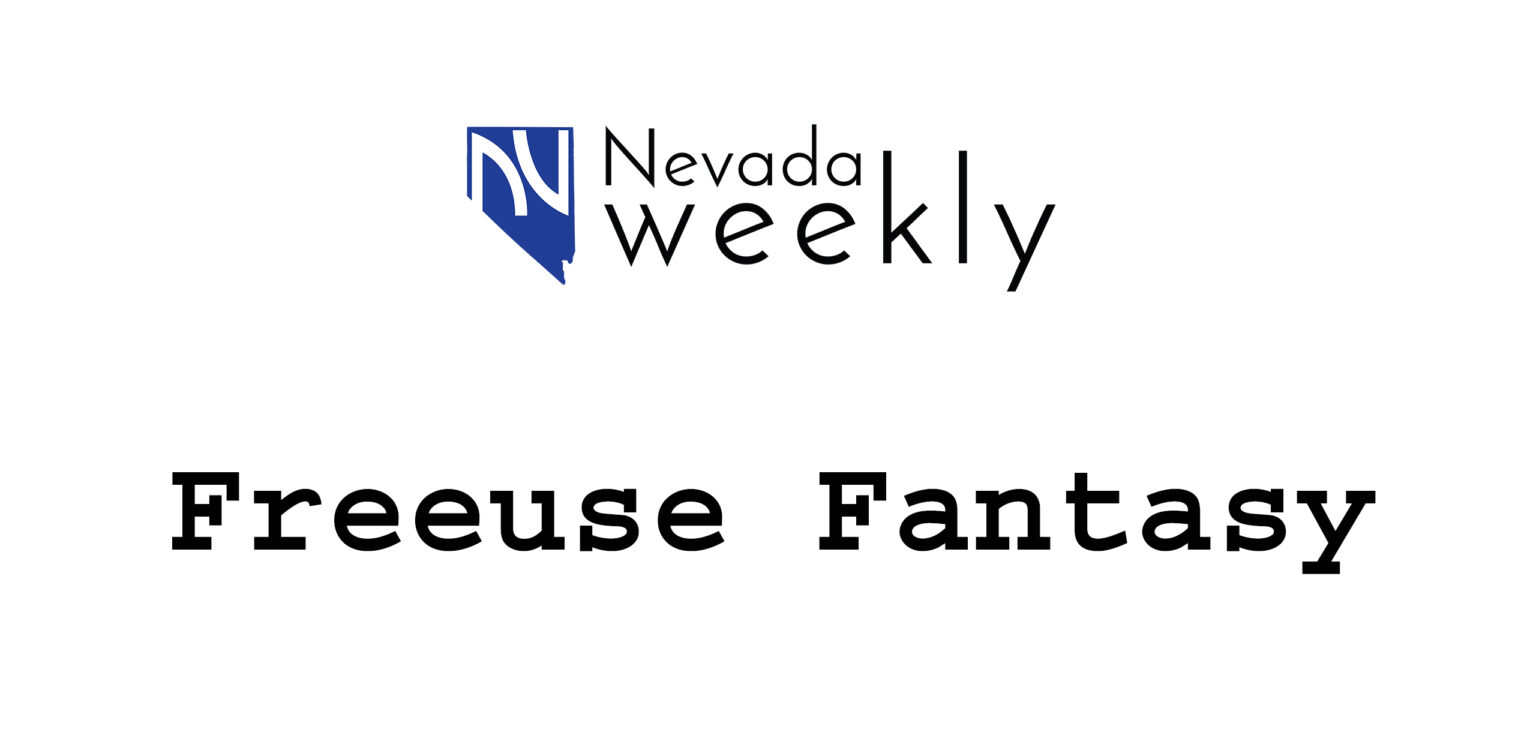Statistics is a field that thrives on data. Raw numbers can be overwhelming for anyone to decipher their significance unless they are transformed into a more understandable format. An integral tool used in this transformation is the histogram. Below, we delve deeper into what is a histogram. Keep reading to learn more.
Understanding Histograms in the Context of Statistics
A histogram is a graphical representation that organizes a group of data points into a specified range.
Unlike bar charts that represent categories of data, histograms represent data through a series of vertical rectangles, showcasing quantitative variables. The area of each block signifies the frequency of occurrences within the real-life dataset.
They are effective for large-scale data views where patterns, frequency, and forms of data are instantly evident.
Histograms are vital in statistical analysis as they visually interpret numerical data by grouping data into bins.
From Simple Visualization To Vital Analysis Tool: The Functions of Histograms
Alt text: An example of a complex histogram with rainbow-colored bars against a black background.
Histograms serve various functions in statistical analysis. They are primarily used to plot the frequency of score occurrences in a continuous dataset, which are set into classes or bins of a certain range.
They allow a wide range of data structure evaluations at a glance. Reviewing a histogram can easily identify central tendencies, variation, skewness, and kurtosis.
Moreover, they make it easier to spot data trends. For example, when there are many data products, a histogram helps pinpoint the most common product bin and observe other product distribution patterns.
Histograms transform complex datasets into simplistic, comparative visuals, allowing straightforward data analysis.
Exploring Descriptive Statistics With Histograms
Histograms open the door to a robust exploration of descriptive statistics. They provide broad overviews of patterns, which encourage more profound statistical examination.
One of the main uses of histograms in descriptive statistics is to represent central tendencies. By observing a histogram, you can identify the data’s mean, mode, and median.
Moreover, by interpreting the spread of the bars on a histogram, it becomes easier to evaluate distribution types such as normal distribution, skewed distribution, or uniform distribution.
Hence, histograms are vital in making descriptive statistics more inclusive and insightful.
The Move to Inferential Statistics: Histograms and Beyond
Alt text: An example of a complex histogram with a dark background and many bars of different colors.
While histograms are primarily used in descriptive statistics, they also play a vital role in inferential statistics. They provide the groundwork for predicting and forecasting trends.
In developing a statistical hypothesis, histograms offer a graphical representation of data, allowing analysts to make assumptions or inferences about the population.
For example, if a histogram shows a normal distribution, this can infer that the population will also follow the same pattern.
Therefore, histograms offer a strong foundation for adopting inferential statistics, providing evidence for predicting future patterns.
The Impact of Histograms on Modern Statistical Analysis
Histograms have redefined the way we understand and interpret statistics. They are fundamental in transforming complex quantitative data into a comprehensible visual representation.
Their ability to reveal properties about the dataset that are not readily apparent in raw, numerical form is critical for data exploration and interpretation.
Moreover, as they simplify data analysis, histograms support decision-making, from managing day-to-day operations to conducting high-level business intelligence.
Ultimately, histograms have aptly earned their place as a key tool in modern statistical analysis, aiding in descriptive and inferential statistics.
The vitality of histograms in statistics is indisputable. They simplify complex datasets into visual representations and enable the extraction of descriptive and inferential statistics, serving as a critical tool in modern statistical and data analysis.







